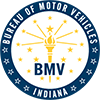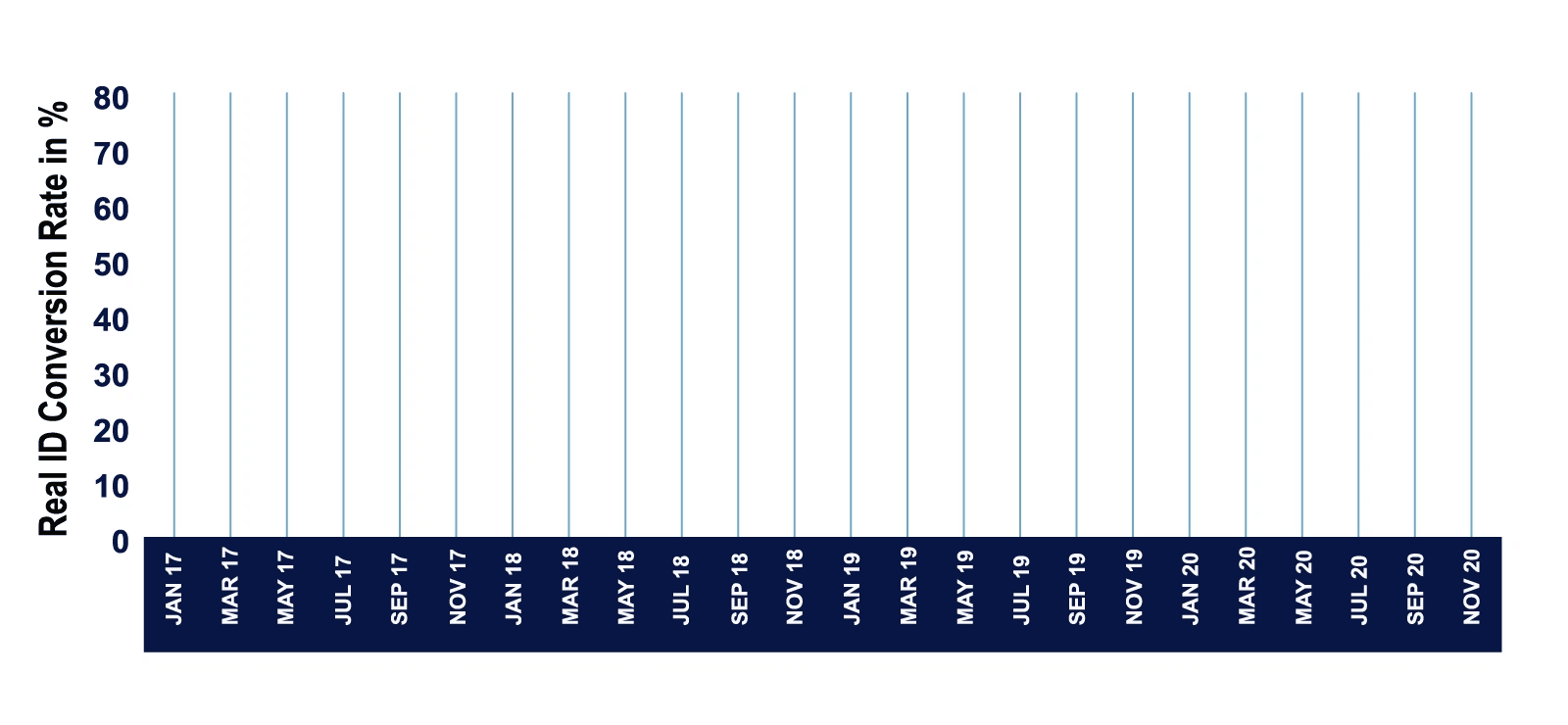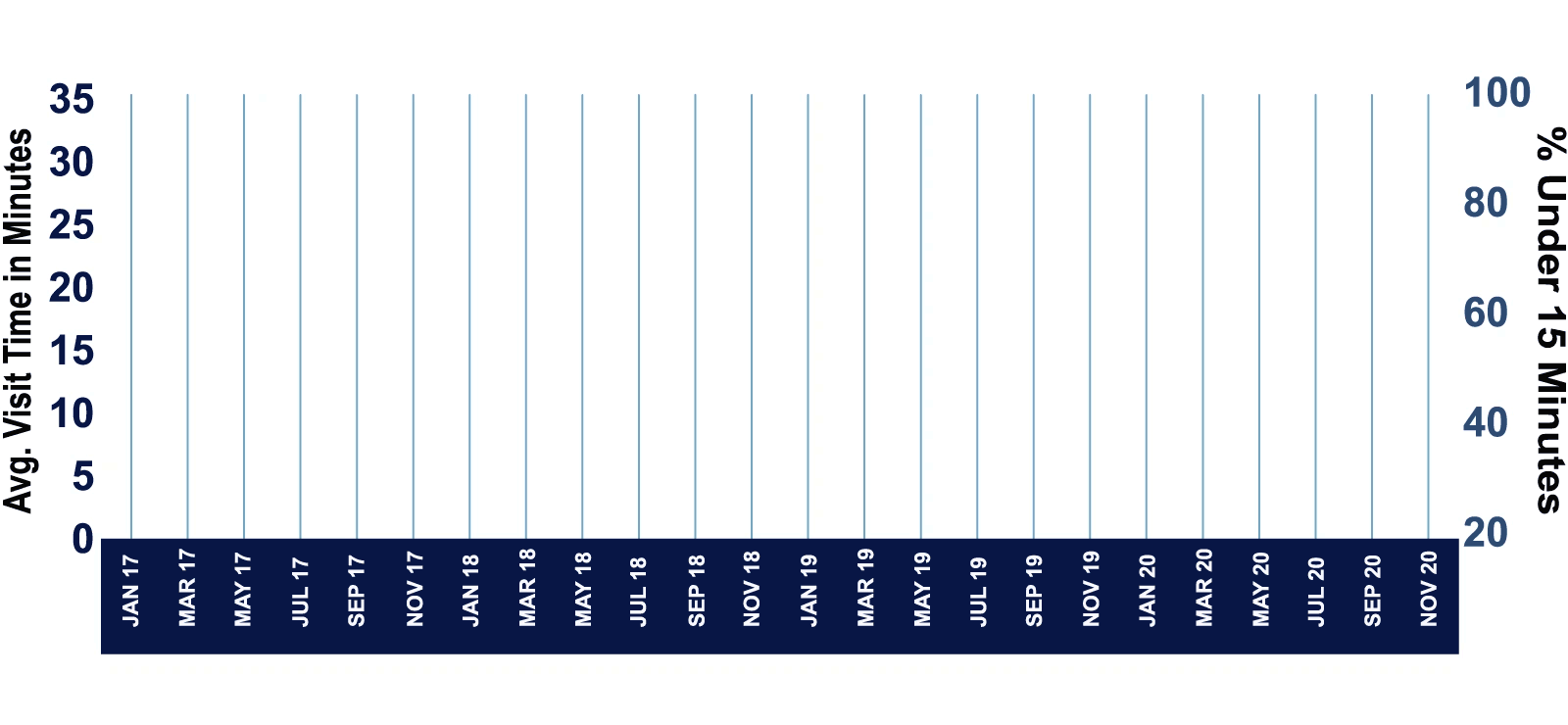The 2020 BMV Annual Report is very different from those reports we have shared over the past several years. Welcome to our all-electronic format! This report reflects the adaptability of our team and the innovative use of existing technology our lines of business employed this year to keep the business running. As you scroll through the report you will find our financial summary, key performance indicators, a timeline of events from last year, and a celebration of some of our major successes.
Last year was one of constant change, most of which was unexpected, but all of which our team adapted to quickly. Through it all, our team delivered great government service maintaining an overall customer satisfaction rating of more than 97%. The agency's four pillars — Engage Customers, Sustainable Systems, Product Innovation, and Employee Investment — helped guide us as we adapted operations and continue to guide us as we set our strategic plan for 2021-2024.

![]()
Peter L. Lacy
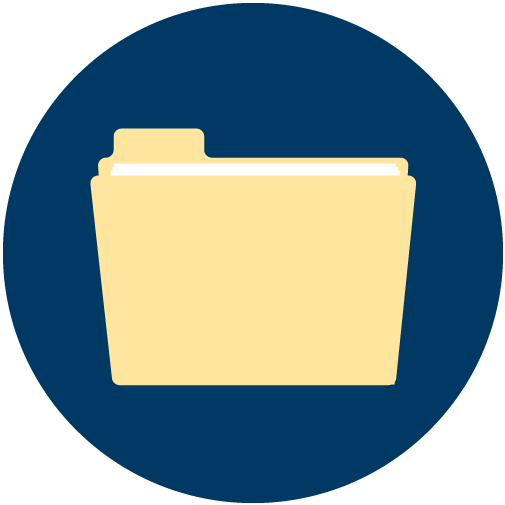
Driver Records
The BMV maintains confidential records for current and previous Indiana residents.
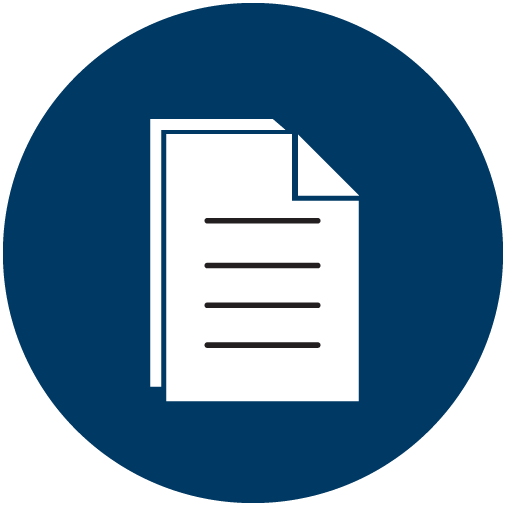
Vehicle Titling and Registration
Titles and registrations issued to Hoosiers for vehicles, trailers, and watercraft.
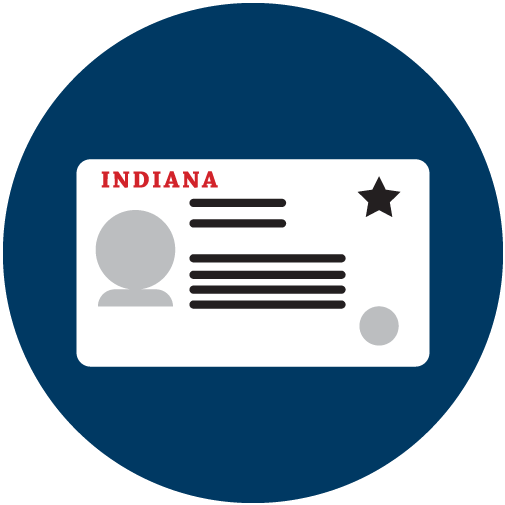
Driver's License and ID Program
Driver’s licenses and state ID cards are validated and issued to individuals satisfying the required qualifications.
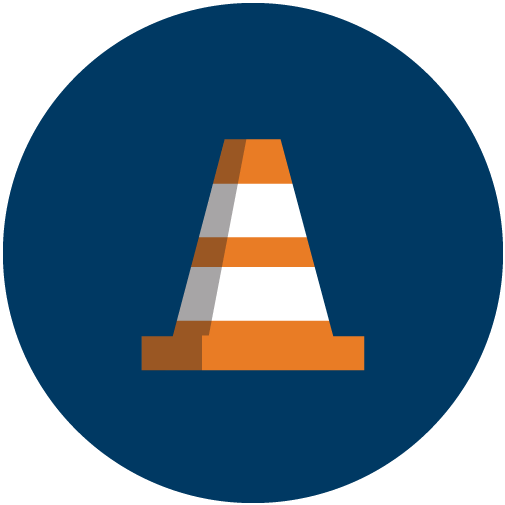
Driver Safety
Indiana driver’s education and training providers must meet specific requirements set forth by the BMV to provide safety education to Hoosier motor vehicle operators, commercial drivers, and motorcyclists.
BMV Metrics
The report highlights four key performance metrics focused on measuring customer satisfaction, experience, and transactions. The customer satisfaction metrics are based on calendar year 2020. The bar charts provide a trend from January 2017 through December 2020.
Customer Satisfaction YTD
Central Office Title Processing
To create efficiencies in Central Office Title Processing (COTP), the BMV applied Heijunka, a Lean method used to level production and establish a continuous flow of work. The objective of applying production leveling to the 8 transaction categories mailed to the agency was to reduce rework, create efficiencies, and optimize training time while maintaining or increasing throughput. Expanded efficiencies included a reduction in processing time for customers, balanced workload, and daily scheduling effectiveness. By implementing Heijunka the department is able to manage a growing backlog of work at a consistent level across all production lines. Beyond realizing the targeted outcomes, morale and attitude have been improved department wide and employees have embraced the opportunity to cross train and take on additional responsibility.

